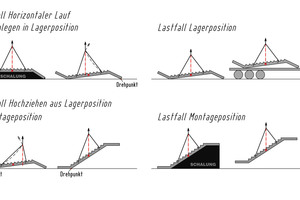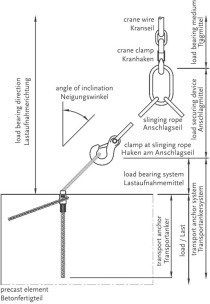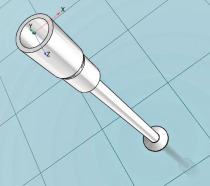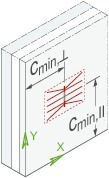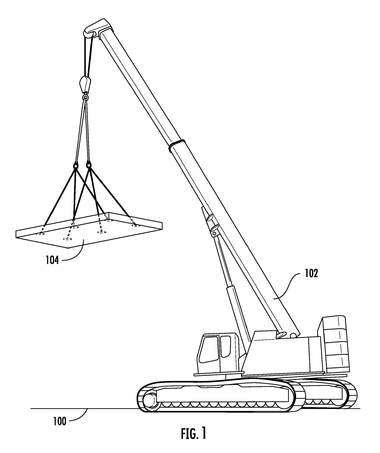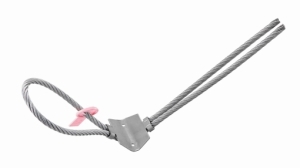Transport anchors in stairs – an increasing challenge
Stairs are surely among the most challenging of the large variety of structural precast elements, both for planners and producers. In addition to their function as connection between floors, further strict requirements are placed on building physics, individuality and safety. In particular, the individual form leads to an increasing number of challenges for production as well as for ensuring safe transport and/or erection. The transport anchor systems required for this makes stairs one of the most complex precast elements since – depending on the production, transport and erection situation – the most diverse load cases must be considered and checked. To name just a few: demolding, horizontal transport, turning, lifting and erection. Sometimes the situation becomes surely even more difficult because these precast elements are becoming ever increasingly larger and/or heavier, as well as more slender. In addition to the actual technical transport anchor solution, the safety of all involved in handling stairs is of utmost importance, especially for those who may not be specialized in the erection of precast components.
This situation prompted the Philipp-Group to comprehensively investigate all lifting-load cases encountered with straight-run stairs, with or without landings (with landing treads, stair heads, last steps or intermediate landings). The tests for the intended transport anchor with head bolt (compact anchor) in stair treads and risers, as well as screw anchors with reduced edge distances. In addition, solutions with the time-tested spherical head anchor were tested, e.g., for stairs without visual requirements around stair treads. The result are transport anchor solutions with detailed and unambiguous design criteria that offer planners more in terms of flexibility, and erectors a plus in terms of safety. The loadbearing capacities of the anchors ranged up to 80kN in the relevant erection situation.
Tested and practice-oriented transport anchor solutions are accordingly available for solving increasing challenges in lifting precast reinforced-concrete stairs. In the first step, a set of tables for straight-run stairs is made available for simplified dimensioning, supplemented by an online computation tool. This tool will be continuously extended for stairs with landings.

